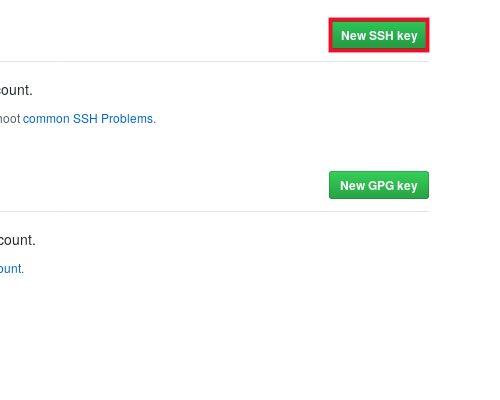

If you run the issue subcommand from within the directory of a local Git repository that has a remote on GitHub you can omit -repo OWNER/REPO.
#Github cli add ssh key code
For information on setting a local directory as a Git repository, see " Adding locally hosted code to GitHub." Working with issuesĮnter gh issue list -repo OWNER/REPO to list the most recently created issues that are currently open for the specified repository. Alternatively, you can push an existing local repository to GitHub, and optionally set it as the remote for your local repository. You can create a new, empty repository on GitHub and then, optionally, clone it locally. Creating a repositoryĮnter gh repo create and follow the on-screen instructions. For example, gh repo clone octo-org/octo-repo clones the octo-org/octo-repo repository to the directory from which you ran this command on your local computer. Cloning a repositoryĮnter gh repo clone OWNER/REPO.

If you run the repo subcommand from within the directory of a local Git repository that has a remote on GitHub you can omit OWNER/REPO. Enter gh repo view OWNER/REPO -web to view the repository in your default browser. Viewing a repositoryĮnter gh repo view OWNER/REPO to see the repository description and README.md for the repository. Viewing your statusĮnter gh status to see details of your current work on GitHub across all the repositories you're subscribed to. Note: When you use some commands for the first time - for example, gh codespace SUBCOMMAND - you'll be prompted to add extra scopes to your authentication token.


 0 kommentar(er)
0 kommentar(er)
